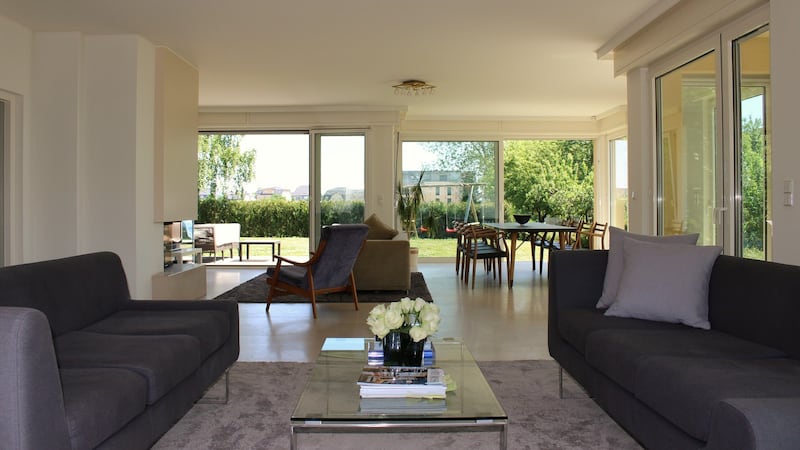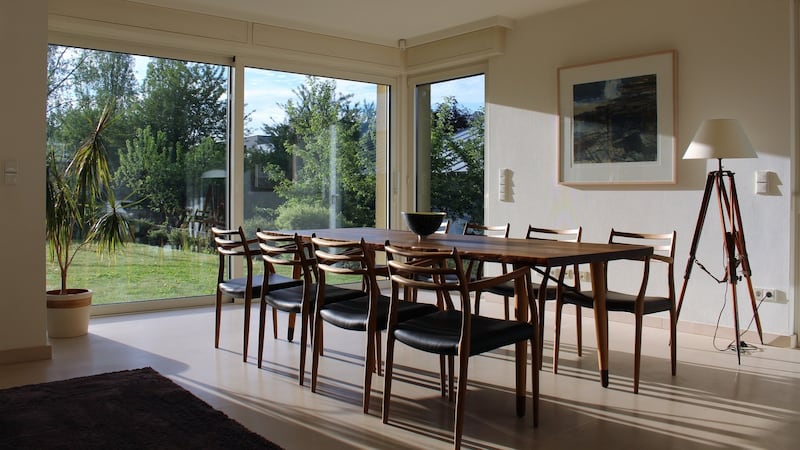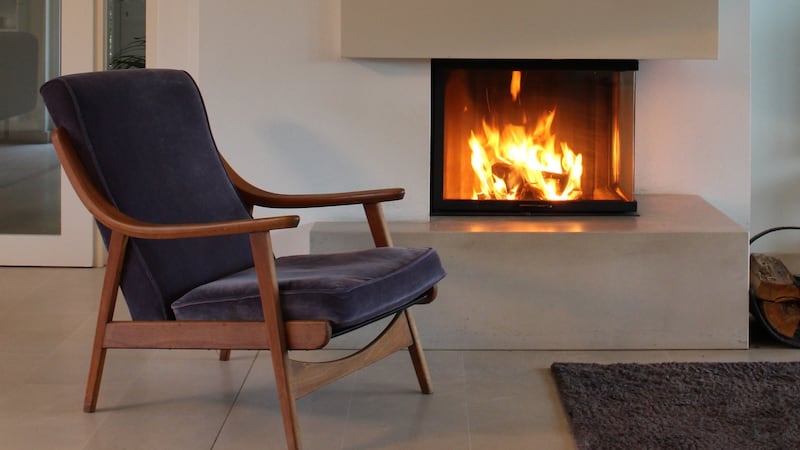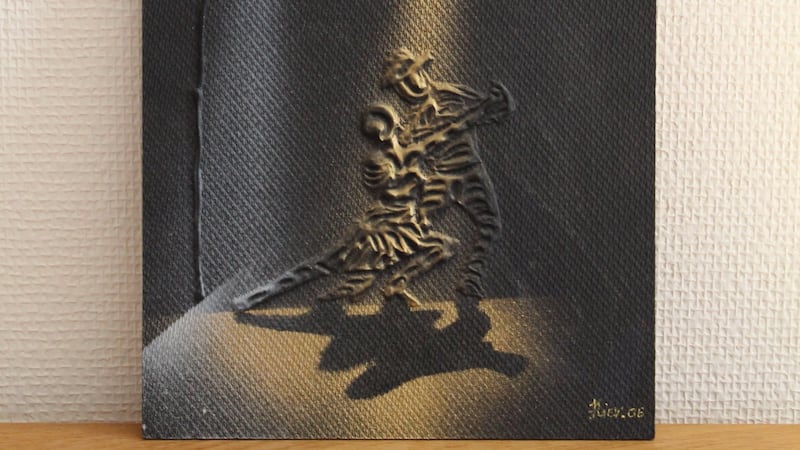Denise Ryan is the founder of Fineline Interior Design, a European design firm specialising in creating interiors for restaurants and bars. She grew up in Waterford and Meath and studied architectural technology at Bolton Street followed by interior design at the Dublin Institute of Design. She set up her own practice 17 years ago and recently completed the design of the new food court at Shannon airport. Denise lives in Luxembourg with her husband and two daughters.
Describe your interiors’ style
I don’t think I have a particular style. I’m a bit of a chameleon really. I adapt to my surroundings and am very influenced by the architecture of where I live and my environment. I have moved six times in the past 10 years and each time, I have altered any style I had embraced previously. As a designer of bars & restaurants, I have learnt to become very receptive to the style of my clients too, so it’s constantly evolving. I’m nostalgic by nature, so there will always be a nod to the past. Living in Luxembourg now, my house is contemporary and very European, but there are subtle touches of mid-century modern in the style of the house which I have embraced.

Which room do you most enjoy
Without a doubt, it’s the living room, which has floor to ceiling windows on three sides. We have no curtains, just shutters. In the dark Luxembourg winters, the daylight is maximised and in the hot summers we open them right up and let the breeze flow though the space. It’s a big room with a lounge area with our books and vinyls; a separate TV area in addition to a dining area. We spend a lot of time here. One of the things I love most about it is the corner Spartherm fireplace. Though completely enclosed in glass, it has a lever-operated vent, so you can control the draft and the speed the wood burns.

Which items do you love most?
The first, would have to be my dining table. I fell in love with a table in the now closed Noma in Copenhagen which had a smoked oak top and wavy edge. I reworked the shape and legs to my own liking and spent two years trying to find someone to make it. Eventually, I found a Danish craftsman, who serendipitously had made the one at Noma. He drove for three hours into the heartlands of Denmark to a saw mill to find the perfect length of wood, 240cm x 90cm. The day the table finally arrived, I didn’t want to go to bed, I just wanted to sleep beside it. I still get huge joy in looking at it and running my hands along it as I’m passing.
Aside from that, I have a chair that my mother found for €10 in Charlies, a junk yard on the quays of Waterford, back in the 1980s. As a teenager, I always admired it and then salvaged it from my parents garage about 10 years ago. I spent evenings sanding it back and oiling the parched wood. It turned out to be a Parker Knoll, circa 1950. I had new cushions made and the legs rebraced by a furniture restorer in London during my time there. It’s about the only item of furniture that has travelled with me everywhere over the years.

Who is your favourite designer?
Eileen Gray, not so much for her modernist style but for being a dogged perfectionist. She’s known mostly for her furniture designs, but she also was an interior designer and self-trained architect. Having read much about her over the past 20 years, I identify with her path from Ireland to London to central Europe and the complexities that come from missing Ireland, while wanting to explore and experience design elsewhere.
Do you collect anything ?
I have always photographed old shopfronts of Ireland and then doors, windows and unusual architectural features that caught my eye when I travelled. About a year ago, I began posting on Instagram and challenged myself to photograph just doors. I have a real fascination about them now; from how old they are, to who made them and who occupies the space behind them. I’ve also come to believe that not enough attention is given to entrance doors in modern architecture.

What is your biggest interiors turn-off?
I ardently dislike recognisable brands or motifs, both in my clothes and interiors. Any item which is assessed in terms of design should be valued solely on its quality and aesthetic properties. It should be able to stand on its own, without a logo or motif. I like the saying of French interior designer Andreé Putman: “Unless you have a feeling for that secret knowledge that modest things can be more beautiful than anything expensive, you will never have style”.
Which travel destination stands out?
I fell for Argentina, and in particular Buenos Aires, some years back after tango took me there. I attended a conference there for a couple of years so memories of the city are inextricably tied to tango. I listen to tango a lot when I'm drawing in CAD as it helps me work to a rhythm; the music still reminds me of being enticed by the sound of a basement milonga late at night. I would dance till dawn and then go to an all-night cafe for a hot chocolate before hitting the bed. I have young kids now, so that's on hold for a while. I have a little tango acrylic painting on hardboard that sits on my bedside locker as a promise to return.
If you had €100,000 to spend on anything for the house, what would you buy?
Rather than big spends, I prefer accumulating over time where I consider each purchase carefully and then I enjoy that purchase more. I have designed a sideboard to match our table, so getting it made would be next, perhaps with two table lamps in different sizes and colours from Czech company Brokis to replace the campaign lamp.
After that, I would gradually swap out other items of furniture and daily objects such as delph and linens that I have bought for urgency or necessity more than love. I think it’s important to get joy out of things we use every day; they should give us pleasure.
finelineinteriors.com


















